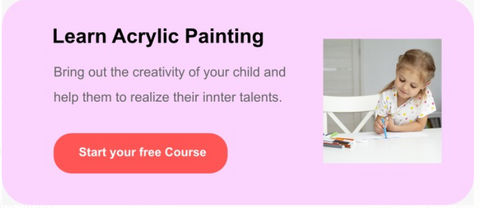Art and Product Design

Designing a product requires an acute sense of creativity, aesthetics, and style. Art helps designers to work with an objective, plan with functional perspectives of a product as well as strive to make it visually appealing. The imaginative idea is logically applied to translate and clarify an intangible ideal.

Thinking in design is crucial when it comes to the creation and representation of a product in the market. Designers must think like artists. They work with how visuals affect emotions and how emotions affect choice. When someone is visually trained, he or she develops the idea of balance, unity, or harmony. All these ideas are essentially required in the fields of product designing. Art also teaches emotion. Emotional intelligence determines the accurate identification of user research and their communicative languages.
The expertise of visual art enables designers to work more efficiently with measurements, symmetry, alignments, and construction. The knowledge of proportions, emphasis, and dominance significantly enhances the creative process of developing a fruitful product. Perspective is something that is often spoken about when it comes to learning composition in art. Art has not only a visual perspective to learn but also an emotional and psychological perspective that defines the intent of the created artwork and explores other dimensions of critical analysis. These meaningful interactions initiate the designers to make their products user-friendly and attractive to users as they understand the mood and emotion of their viewers as well as buyers. They clarify the intent and function of their products keeping them aesthetically appealing for the commercial market.

Balance is also an important element when it comes to designing and creating new products. Caricature in art defines exaggeration while the graphical illustration of novels exemplifies minimalism. Through visual art, we acknowledge the balance between exaggeration and minimalism. It is supremely essential for a designer to experience and understand this balance while designing any commodity for a brand or company. Art is an umbrella term and product design mostly consists of art. There are instances where designers need to understand the principles of art and design to explore patterns and techniques. In art, critical thinking, generation of ideas, problem-solving skills get fostered which ensures better quality designs of various types of products. Mapping, planning, preparing sketches, decision making, developing prototypes, and testing are all steps of designing that involve expertise and understanding of the arrangement of the visual elements.
Concepts of art and culture ensure cognitive growth, develop risk-taking abilities, and makes a designer more efficient to think about the meaningful creation of the products. Visual art involves different methods, empathetic approaches, and theoretical analysis that provide designers with a creative way to invent masterpieces in the market.
